Part One Of A Series
Flight Test Report and Analysis by ANN Editor-In-Chief Jim
Campbell
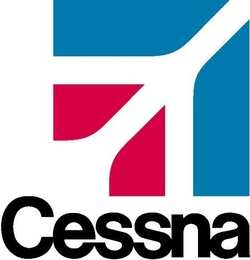 When we were standing in the halls
of the 2002 NBAA Convention, for the first official announcement of
what was expected to be "Cessna's VLJ", few expected what would
eventually result from the decision. Most pundits expected Cessna
to compete with the previously announced Eclipse 500 on its own
level and attempt to give the "Albuquerque Upstart" (the
irrepressible Vern Raburn) a solid run for his jet-fuel money. But
for those in the know; this was the last thing they saw in the
cards... You see, Cessna tends not to follow markets when they can
(instead), define them -- and for those markets in which they do
have established competition, they tend to own them or come pretty
damned close to doing so. The recently production-certified Cessna
Citation Mustang reflects this thinking and before we journey any
further, this Mustang is NOT a VLJ... but IS the perfect
entry-level aircraft to the world of Cessna's highly regarded
Citation line -- and possibly the best bird they've ever built.
When we were standing in the halls
of the 2002 NBAA Convention, for the first official announcement of
what was expected to be "Cessna's VLJ", few expected what would
eventually result from the decision. Most pundits expected Cessna
to compete with the previously announced Eclipse 500 on its own
level and attempt to give the "Albuquerque Upstart" (the
irrepressible Vern Raburn) a solid run for his jet-fuel money. But
for those in the know; this was the last thing they saw in the
cards... You see, Cessna tends not to follow markets when they can
(instead), define them -- and for those markets in which they do
have established competition, they tend to own them or come pretty
damned close to doing so. The recently production-certified Cessna
Citation Mustang reflects this thinking and before we journey any
further, this Mustang is NOT a VLJ... but IS the perfect
entry-level aircraft to the world of Cessna's highly regarded
Citation line -- and possibly the best bird they've ever built.
OK, so we flew the Mustang... and under some 'intriguing'
conditions. Despite my doing my best to bring the best of the
Florida weather with me, the WX in Wichita displayed "maximum
suckage" throughout a fair amount of my visit (you know you're in
trouble when the birds are walking...), limiting my flight test
parameters and putting me firmly in the soup from just a few
hundred feet off the deck on my very first take-off and culminating
with a hand-flown approach to near-minimums with a surprising lack
of verbal terror from the poor guy (the unflappable Jeff Tibbits --
a great stick) assigned to fly with me (mind you, he could have
been catatonic by then, though...). It was NOT great flight test
weather, but it turned out to be an eye-opening look at a jet that
is going to have a profound impact on the way that upgrading pilots
look at Cessna, and the truly legendary Citation line. It was a
real-world flight for a real-world workhorse.
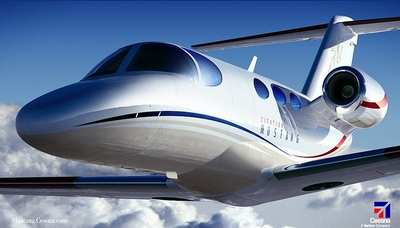
OK, that said, let's clear up some business ahead of all the
folderol and other details that will follow this narrative -- while
the Mustang is a worthy addition/entry-level bird for the
first-time jet owner, Cessna emphasizes that this airplane was
built upon a pretty clean sheet of paper. Based on what we saw at
the plant, and a number of discussions undertaken in the years
since the original 2002 announcement (and a little before that...
but PLEASE don't tell Jack Pelton that... grin), we believe them...
and applaud their rationale. The Mustang does reflect some
clearly "out of the box" thinking... not enough to scare the rank
and file that have become Cessna's devoted bread and butter buyers,
but certainly enough to allow them to market the Mustang as a fresh
start on a new generation (please note that I said "generation") of
junior-jetplanes.
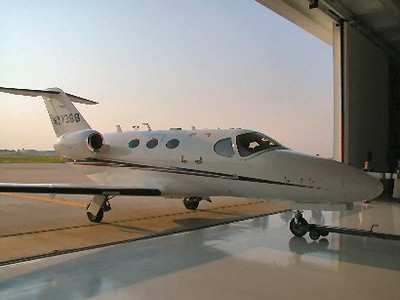
Secondly; the Mustang is NOT a VLJ (though, to be honest, even
Cessna has blurred that definition a mite over the years, when it
suited them). Not even close. It's too big to be "very" light, and
is built for a market that simply wouldn't be happy with the
smaller/lighter charms of a true VLJ. While I know that everyone
jumped all over the Cessna Mustang announcement as "Cessna's Answer
to Eclipse" (yeah, yeah, including ANN -- so, sue me), what has
resulted has distinguished the airplane above and beyond the VLJ
classification... giving Cessna a unique market niche to exploit
and the VLJ crowd some room to sigh with relief -- for now.
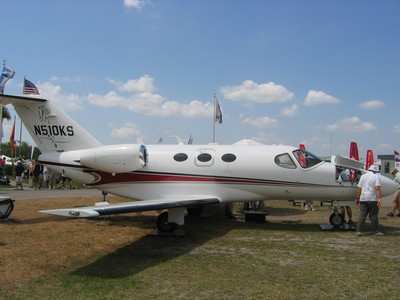
So; in answer to the inevitable comparison questions between the
Mustang and the Eclipse, there are few true similarities... the
Mustang is a fair sized larger, certainly priced a bit more, and
ultimately designed for a different buyer and an altogether
different breed of cat, uh horse. But, they're both flagship
airplanes for their respective companies and destined to be major
players in their segment of the burgeoning 'light' jet market.
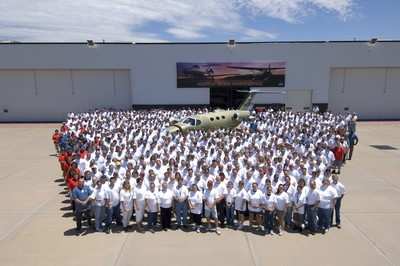
Finally; there is one particular item that sets the Mustang
apart from all other potential competitors and is firmly
anchored in its lineage. In other words, it's a Cessna -- and
to a great many airplane buyers, their decisions start and end with
that qualifier. Through a number of decades of savvy marketing and
solid customer service, Cessna has developed a nearly fanatical
following that rivals that associated with Harley Davidson and Ben
& Jerry's (and for many of the same reasons)... a pundit once
opined that where bizjets were concerned, there are Cessna buyers
and there were "others." For the purposes of this narrative, he was
spot on. The loyalty built up by legions of previous Cessna
customers (even from the revitalized single-engine line) is a force
to be reckoned with, and as Cessna clearly knows, their previous
customers are their most powerful ally when it comes to selling hot
little jetplanes.
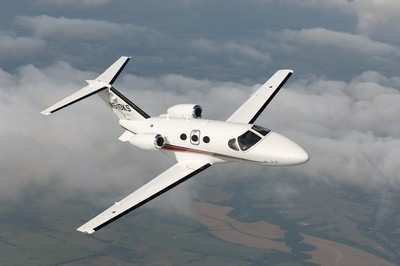
The Mustang marks three major challenges/changes for Cessna.
They went with an all-new airframe design, they employed a
revolutionary new avionics system (Garmin's truly lovely G1000
implementation) from a manufacturer that had never done anything
like it before, and they went with the slightly bigger child in the
new but evolving PW600 engine family (which is turning out to be a
heck of design series). Coupled together; the Mustang becomes an
'aggressively evolutionary' step forward in light jet design... and
based on our flight test series, through all manner of IFR gremlins
and the like (as well as the ham handedness of a certain
Aero-Editor who shall remain blameless), one hell of a sweet flying
machine.
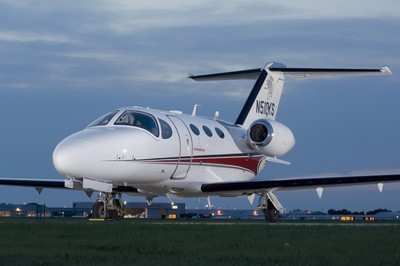
Over the next several parts in this series, we'll talk about the
airframe, the engines, the interior, that LOVELY G1000 (yeah... I'm
in love, but I assure you that the attraction is purely physical...
go ahead, touch the keypad and tell me what happens to YOU), the
handling qualities (suh-weet!), some minor interior noise issues
(reportedly soon to be corrected), and the way that Cessna is
preparing a new breed of buyer for their first jetplane. It's
interesting to note that the first retail customer for the Mustang
was a fellow who had been operating Cessna 310s... who, I'm sure
right now is asking what he's going to do with all the extra time
he has now (though we might suggest that the Garmin's XM Radio
interface has LOTS of channels available for your aerial listening
pleasure, as you go tooling along through the flight levels). The
Mustang is going to be a clearly superior and less challenging
platform than any piston twin, most turbine twins and even
some piston singles... it's that well-organized and that well
integrated.
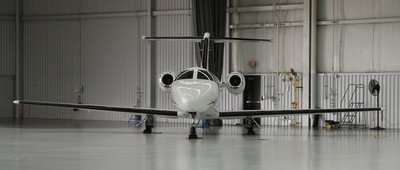
No kidding.
Don't just believe me, read the details as we talk airframes,
engines, and avionics in Part Two... and see for yourself.
 ANN's Daily Aero-Linx (05.06.25)
ANN's Daily Aero-Linx (05.06.25) ANN's Daily Aero-Term (05.06.25): Ultrahigh Frequency (UHF)
ANN's Daily Aero-Term (05.06.25): Ultrahigh Frequency (UHF) ANN FAQ: Q&A 101
ANN FAQ: Q&A 101 Classic Aero-TV: Virtual Reality Painting--PPG Leverages Technology for Training
Classic Aero-TV: Virtual Reality Painting--PPG Leverages Technology for Training Airborne 05.02.25: Joby Crewed Milestone, Diamond Club, Canadian Pilot Insurance
Airborne 05.02.25: Joby Crewed Milestone, Diamond Club, Canadian Pilot Insurance










